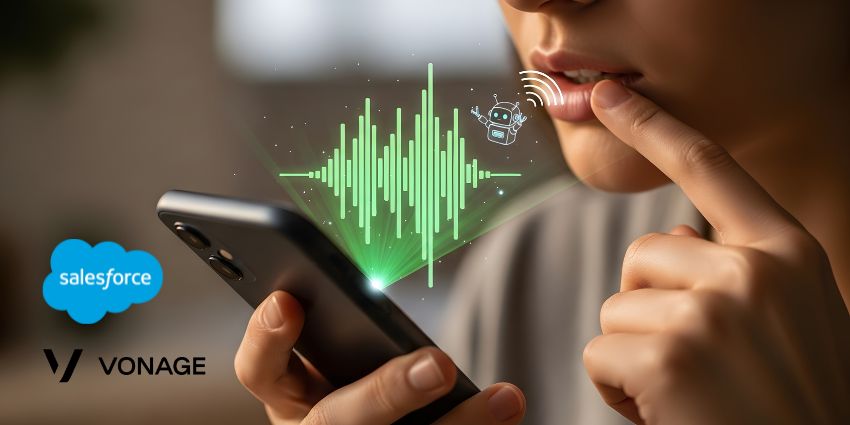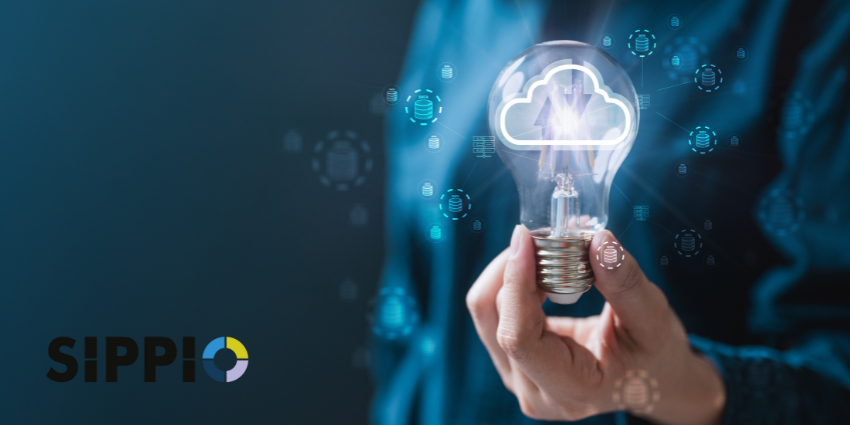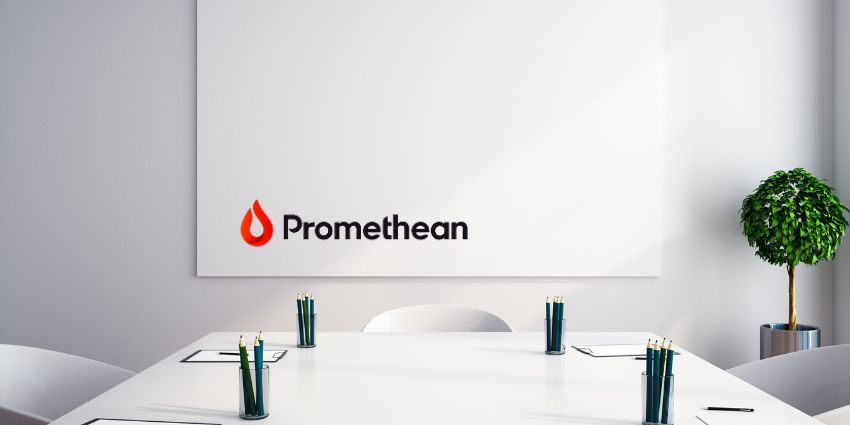Microsoft Ignite returned to San Francisco this past week with a pace and volume of announcements that can be difficult to absorb in real time. (At last count, I observed 70+ announcements!). Microsoft Teams alone saw a flood of updates across chat, meetings, Copilot, devices, security, frontline workflows, and the broader collaboration platform.
Rather than repeat every feature Microsoft unveiled, I wanted to step back and look at the bigger story. Like a plane at cruising altitude, patterns start to emerge, and those patterns reveal the strategic direction Microsoft is steering with Teams.
In that spirit, I’ve organized the major collaboration updates from Ignite into four thematic clusters. Digestible building blocks that make the story easier to follow. These themes show how Microsoft is shaping its platform and how the software, AI capabilities, and hardware ecosystem come together to support hybrid work.
What follows is the 30,000-foot view of Microsoft Teams at Ignite 2025, and the four narratives worth paying attention to.
1. AI Agents, Transparency, and the Shift to a Multi-Model Collaboration Platform
At Ignite, Microsoft continued its push to evolve Teams from a chatbot-driven experience into an agent-driven collaboration platform.
The updates center on new AI agents that operate across meetings, channels, files, and frontline workflows, handling tasks like advancing agendas, generating summaries, producing status reports, and supporting compliance. What stood out this year is Microsoft’s emphasis on bringing more visibility into how these agents work, which is essential for building trust as these capabilities expand.
Microsoft also signaled a shift toward a more flexible AI architecture inside Teams. Collaboration is inherently multi-modal, blending text, voice, video, shared documents, and signals from live meetings. No single model excels across all of those modalities. By moving toward a multi-model foundation through its partnership with Anthropic, Microsoft can match the best model to the task, whether it comes from Microsoft or another provider running on Azure.
The Announcements Behind This Theme
Here is a short list of the announcements that support this thematic take:
- Enhancements to Facilitator that advance agendas, capture notes, and track action items
- Channel agents generating structured status reports and workback plans
- Copilot upgrades delivering deeper contextual summaries in chat and meetings
- AI-driven compliance, security controls, and admin insights
- Expanded AI support for frontline workflows
My Takeaway
Two shifts stand out. First, Microsoft is moving beyond the traditional chatbot model with agents working across the collaboration fabric and now making their actions more transparent. That visibility is essential for organizations to trust AI at scale.
Second, Microsoft is preparing Teams for a multi-model future. Copilot remains central, but the broader Azure strategy makes clear that Teams will draw from whichever models deliver the best results for each task. This positions Teams as a flexible, model-agnostic platform – a pragmatic foundation for an AI landscape that continues to evolve.
2. Seamless and Inclusive Hybrid Collaboration That Bridges the Gaps
The second major pillar focuses on making hybrid collaboration feel more natural and consistent for everyone involved. Whether someone is remote, in the office, or on the front line, the experience should feel unified. This remains one of the hardest problems in modern work, and the updates announced at Ignite show Microsoft trying to close those gaps through design, accessibility, and ecosystem improvements.
Some features, such as immersive 3D event experiences using VR avatars, sit firmly in the “wow” category, demonstrating what is possible even if broad adoption is not near-term. Others, like enhancements to external collaboration, cross-tenant activity visibility, and accessibility improvements, are more immediately practical.
Microsoft continues to serve two worlds at once. Many distributed companies see hybrid work as foundational, while others advocate a structured return to the office. These updates strike a middle ground, enhancing flexibility without alienating either side of the ongoing conversation.
The Announcements Behind This Theme
- Immersive 3D event experiences with VR-supported avatars
- Enhanced external collaboration with improved guest access, cross-tenant activity visibility, and secure sharing
- Accessibility updates, including text-to-speech, improved keyboard navigation, and customizable meeting recaps
- Expanded device certifications and new work modes supporting flexible hybrid collaboration
My Takeaway
At its core, this theme is about bridging gaps in the hybrid experience. Microsoft is working to ensure that no matter how or where someone joins a meeting, from a conference room, a home office, or a frontline device, they feel equally connected and equally included. The company is trying to improve flexibility without taking a definitive stance in the broader debate over remote work versus full-time return to the office.
The updates announced at Ignite reflect an effort to bring greater consistency to collaboration without assuming that one work model will win out.
3. Enterprise-Grade Security, Management, and Platform Extensibility
The third theme centers on the foundation underneath Teams. While AI and hybrid experience updates get most attention, Microsoft continues investing heavily in the enterprise backbone that keeps collaboration environments secure, manageable, and scalable. These updates reinforce Teams as a platform that large organizations can trust, even as innovation accelerates.
This year, we saw new threat protections such as domain impersonation detection and improved file and link safety controls. The admin experience is getting smarter with AI-supported help desks, richer meeting diagnostics, and clearer validation workflows for apps and integrations.
Microsoft is also expanding extensibility. Support for third-party compliance recording and deeper integration with the Model Context Protocol show that Teams is becoming more flexible. With streamlined authentication for AI agents and bots, Microsoft is striking a balance between enabling innovation and preserving control.
The Announcements Behind This Theme
- Advanced threat protections, including domain impersonation detection and enhanced file and link filtering
- AI-supported admin tools, including help desks, meeting diagnostics, app validation workflows, and developer analytics
- Broader support for third-party compliance recording and application integration through the Model Context Protocol
- Streamlined authentication processes, improving the security of AI agents and bots
My Takeaway
This theme is about the foundation that makes everything else possible. Teams cannot deliver on AI or hybrid collaboration if the platform underneath is not secure, manageable, and extensible at scale. The broader message: Microsoft understands the enterprise will not adopt AI experiences without trust. Security and manageability are not competing priorities with innovation – they are part of the same effort.
4. Intelligent and Flexible Hardware Ecosystem Supporting the Future of Teams
The fourth theme lives in a part of the ecosystem close to my heart: the hardware. A great collaboration experience does not live only in the software. It shows up in the devices people rely on every day.
Microsoft’s hardware partners used Ignite as a launchpad for an impressive range of new devices. What stands out this year is not just the volume of announcements, but how well they align with Microsoft’s vision for intelligent, flexible hybrid collaboration. We are seeing a device ecosystem that is becoming more adaptive, more mobile, and easier for IT teams to manage at scale.
Equally important, these products are certified and tuned for Teams, which helps maintain a level of consistency that matters in complex environments.
This section groups the partner announcements into four clear categories. It gives you a sense of where the ecosystem is heading and allows room to highlight specific products and vendors that contributed meaningful innovation at Ignite.
The Announcements Behind This Theme
Intelligent and AI-Enhanced Collaboration Devices
- Yealink MP66W, a Wi-Fi-enabled Teams device for mobile frontline workers with AI-based noise reduction and an emergency alert button
- MAXHUB XBar W70, an AI-supported videobar for small and medium rooms with improved audio and video clarity
- Lenovo and Owl Labs Teams Rooms bundles combine AI-driven camera tracking with spatial audio for immersive hybrid meetings
Mobility-Focused Devices for Hybrid Work
- Yealink MP66W, also serving as a wireless Teams phone for frontline mobility
- Yealink LinkHub Smart Dock, integrated with Microsoft Teams and Microsoft Places for desk booking and workspace coordination
- Logitech Zone Wired 2 and Wireless 2 ES headsets are designed for extended comfort with adaptive noise cancellation
- Teams Mobile app on iOS and Android now able to be set as the default calling app
Simplified Device Setup and Management Tools
- Logitech Express Install kits for Teams Rooms reducing deployment time across multiple room configurations
- Teams BYOD Onboarding Wizard for easier frontline provisioning on personally owned devices
- Partner solutions with centralized management and analytics through Teams Admin Center
Comfortable, Durable, and Teams-Certified Peripherals
- Logitech Zone Wired 2 and Wireless 2 ES headsets with comfort and sustainability improvements
- Yealink MP66W and LinkHub built for mobile and desk booking use cases
- Additional Teams-certified peripherals across vendors supporting ergonomic and hybrid work needs
My Takeaway
The hardware story from Ignite 2025 shows an ecosystem becoming more intentional and aligned with where Microsoft is taking Teams. Microsoft and its partners are redefining collaboration hardware as “active agents” in the productivity journey, with AI, mobility, and rapid deployment now fundamental to device strategy.
The latest Teams-certified hardware supports the vision of frictionless and intelligent collaboration, enabling seamless movement across work modes and elevating both human comfort and team productivity. Although many of these announcements are not first-to-market across the industry, their integration into the Teams ecosystem reinforces how hardware supports transitions across hot desking, frontline mobility, hoteling environments, and flexible room layouts.
The value here is not in the novelty of the announcements. It is in alignment with the strategy Microsoft is encouraging hardware partners to pursue.
What Was Missing From Microsoft Ignite 2025
There was much for Teams customers and partners to appreciate at Ignite. But there were also areas where I expected to see more depth. Here is my short list of what felt absent from the Teams story.
The Lingering AV and IT Disconnect
Collaboration devices are becoming more intelligent and more networked, but many of them still come from an AV-centric heritage. Inside large enterprises, these devices now operate in IT-governed environments that prioritize networking, security, and compliance.
The challenge is not a staffing divide, but the reality that AV-focused technologies are still learning how to fit into IT-centric workflows. As more devices join the network, organizations need more explicit guidance on traffic behavior, data flows, stream security, and AI sovereignty. This is an area where stronger support from Microsoft would help teams move faster.
Stronger Support for AI Governance
Many enterprises are still interpreting how AI features align with internal compliance and regulatory frameworks. Some UC platforms are providing more structured documentation to help IT teams accelerate approvals for AI feature enablement. I would like to see Microsoft lean further into this.
A Deeper Spotlight on Collaboration
Ignite is a wide Microsoft event, and Teams can sometimes feel overshadowed by the broader AI narrative. While there were strong moments, including Ilya Bukshteyn’s standing-room-only session, I would have welcomed more detailed sessions focused on collaboration as a central pillar of modern work.
Communication workflows remain the backbone of productivity. Elevating the Teams story more prominently on the mainstage would reinforce that collaboration is the connective tissue of the Microsoft ecosystem and underscore how Teams serves as the central nervous system that carries AI driven insight to the places where work actually happens.
Closing Thoughts on Microsoft Ignite 2025 and Teams’ Showing
Ignite 2025 delivered a strong set of updates across the Microsoft Teams ecosystem. AI agents, hybrid collaboration, enterprise readiness, and a rapidly evolving hardware landscape all point to a platform that continues to mature in meaningful ways.
These insights represent one way of looking at the Teams announcements from cruising altitude. If you saw something different or believe there are themes I missed, I would welcome your perspective. The collaboration space is moving quickly, and the best understanding comes from open conversations with practitioners, partners, and leaders who see these shifts from many angles.
What stood out to you at Ignite, and where do you see the Teams ecosystem heading next?
Guest blog by Craig Durr, Founder and Chief Analyst at The Collab Collective.







